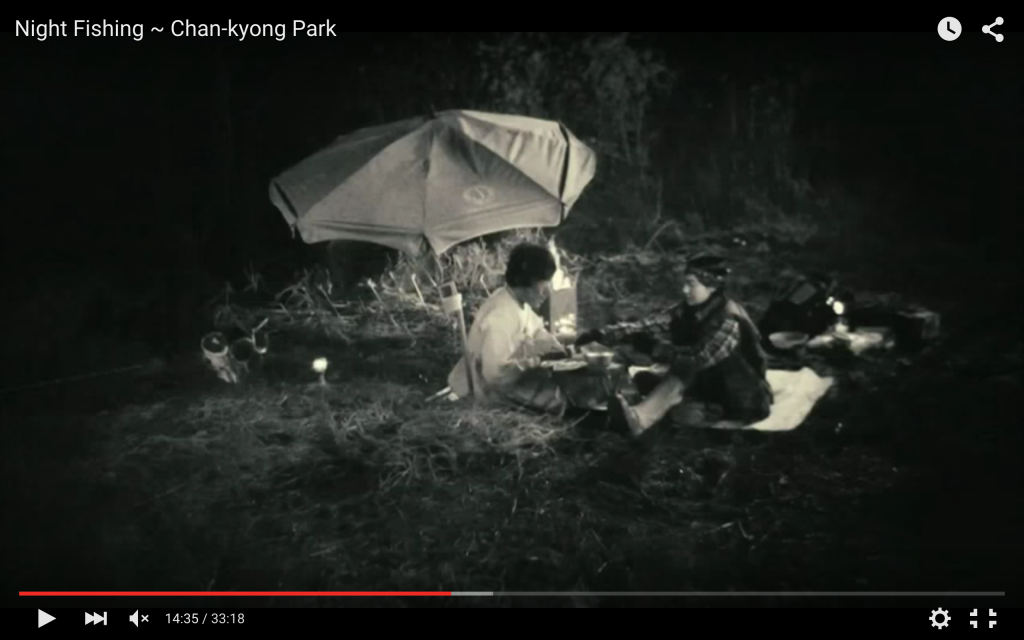Blog post #1 Course Screening
From the outset, ‘Gogglebox’ may not seem like a viable idea for a television show. Why would anyone want to watch other people watch T.V? Especially when you consider that we’re living in an age where fewer and fewer people are regularly watching free – to – air television, how does ‘Gogglebox’ assert its relevance?
Nevertheless, audiences seem to be drawn toward depictions of the “real”, even when lines between what is reality and what is produced are blurred. Hetsroni discusses one of the primary appeals of reality television as being the participants relatability to the audience – viewers are likely to consider that they are similar to the cast, and conclude that they, too could potentially be in a similar scenario. However, Hetrsoni also notes that participants in reality shows are typically “chosen for their quirkiness or peculiar personality.” (2010, p.9)
On Gogglebox, we are to assume that the comments and responses the cast provide are completely candid and somewhat reflective of the typical viewing experience. Each participants seems to boast their own degree of charisma, often making quips about the melodrama of shows like ‘The Bachelor’. Humour lays its foundations as the centre of the show and increases the likability of the cast. The moments from season two deemed as highlights all essentially all comedic moments.
http://tenplay.com.au/channel-ten/gogglebox
Though the Gogglebox cast are not exactly reality stars in the realm of ‘The Kardashians’ the show still promotes the viewers’ attachment and engagement with the cast. During the first episode of season two, a voice narration detailed what each cast member was up to in their life. Adam and Symon, who dominate air time, have even gathered a significant following on social media. In the U.K where ‘Gogglebox’ originated, the engagement news of its cast makes even makes the news.
Gogglebox Australia airs on channel ten, however the cast do not view exclusively channel town content, but a range of programs for all free – to – air networks. While this could be considered as advertisement for rival networks, the show predominantly serves as an advertisement for free to – air programming as a whole, and an endorsement of traditional, linear, communal television viewing.
Gogglebox achieves this firstly through the inclusion of varying demographics – the series’ cast ranges from nuclear families to a same sex couple; twenty – something single students to ethnic minority families. It is likely that viewers will seem themselves or their families reflected on the show. The series also incorporates the aforementioned use of humour to provide a depiction of a positive, fun television viewing experience.
The programme also promotes the experience of watching traditional television as communal not only in terms of family or friends, but in regard to the broader community of Australia. Anderson theorised the notion of the “imagined community”, the idea that “the nation is always conceived as a deep, horiztonal comradeship.” (1991, p. 6) Though Anderson noted print as being crucial to the idea of the imagined community, this can also be applied to the modern day. In attempting to conclude whether or not we would soon see the death of television, Katz noted one of the central values promoted by television was social integration and the prominence of the nation and the family. (2009)
On ‘Gogglebox’, participants in the show watch and commentate upon the shows aired during the past week. In order for viewers of ‘Gogglebox’ to be fully immersed in the show, it requires that they have some prior knowledge of the programmes being discusses in the episode. As viewers await the cast’s responses to whatever show is being aired, they do so with prior knowledge of the episode being watching. As a result, the cast seem like friends that we’re swapping notes with, effectively reviewing television in an indirect, mass conversation.
What we can conclude from this series with an unconventional premise is that ‘Gogglebox’ incorporates typical conventions of reality television, namely the promotion of fan favourite personalities in order to promote the practise of traditional, linear based communal television viewing. An extension of the practise of social TV, ‘Gogglebox’ brings the notion of the imagined community back to the forefront of our viewing experience.
References
Anderson, B 1991 ‘Introduction’ in Anderson, Imagined Communities: Reflections on the Origin and Spread of Nationalism, London, Verso, pp. 5 – 7
Hetsroni, A 2010 Reality Television: Merging The Global And The Local, New York: Nova Science Publishers, Inc, eBook Collections (ECSCOhost) , pp. 8 – 10 [23 October 2015]
Katz, E. (2009). The End of Television?. The ANNALS of the American Academy of Political and Social Science, 625(1), pp.6-18.
Mail Online, (2015). Gogglebox’s Chris Steed announces engagement. [online] Available at: http://www.dailymail.co.uk/tvshowbiz/article-3256830/Gogglebox-s-Chris-Steed-shows-sparkly-engagement-ring-romantic-Paris-proposal-star-Eve-Woerdenweber-confirms-marriage-plans.html [Accessed 26 Oct. 2015].



